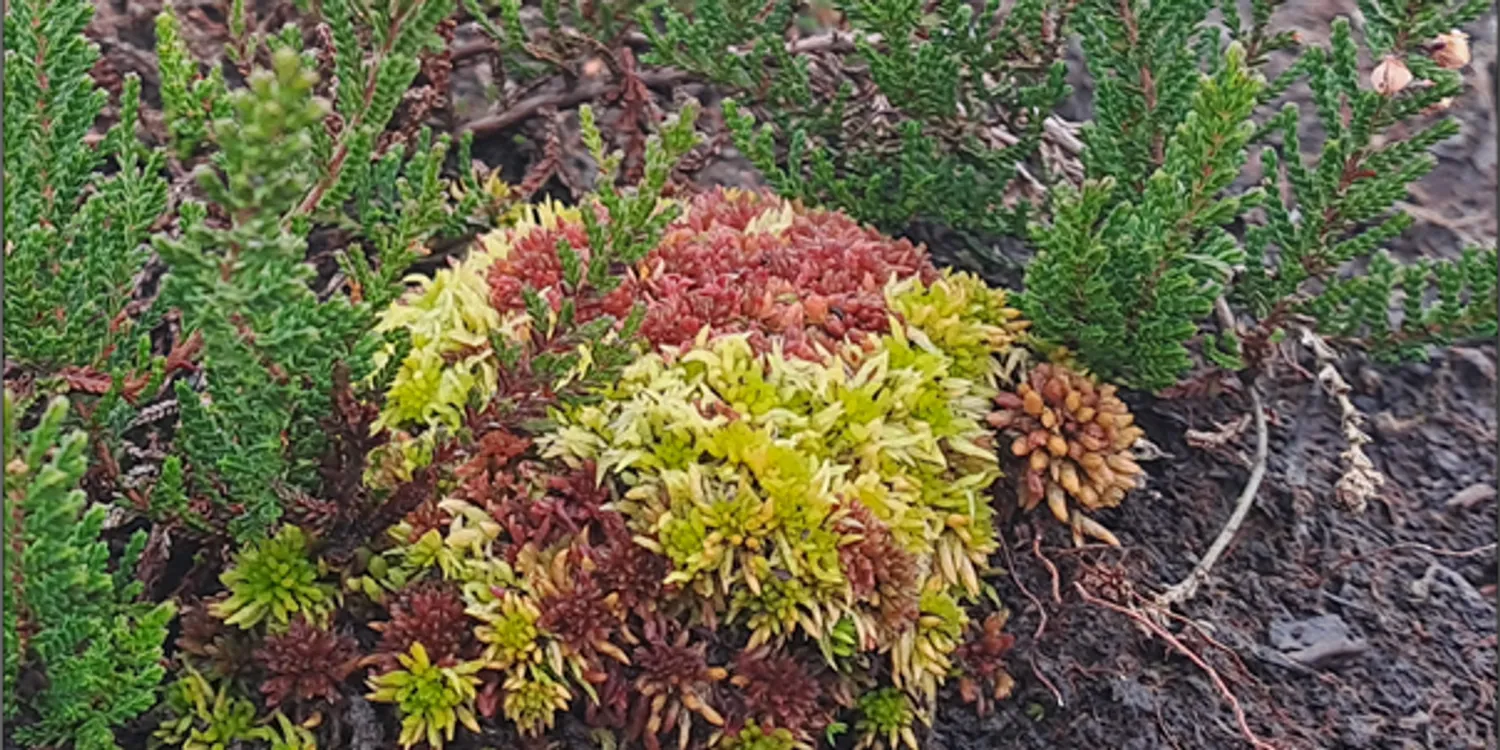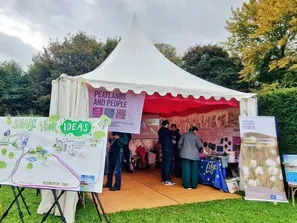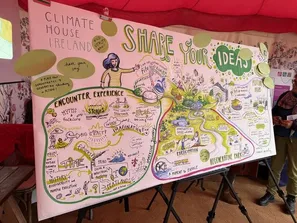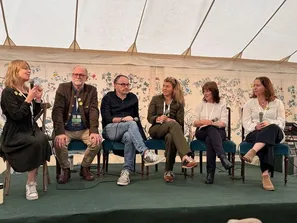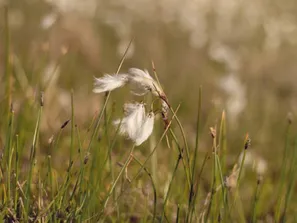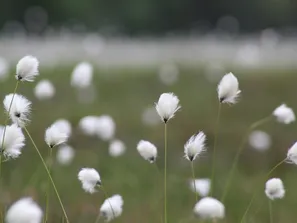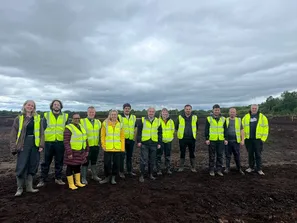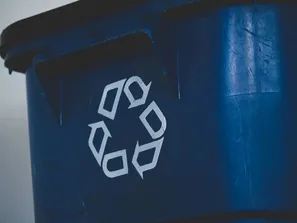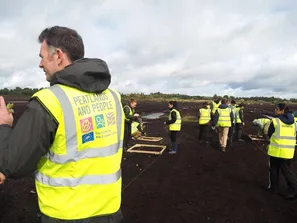03 Jun 2025
In celebration of World Peatlands Day 2025, we are highlighting some recent updates, results and upcoming plans of the BnM Sphagnum Planting Campaign to restore former industrial peat extraction sites.
As part of the Peatlands and People LIFE Integrated Project (IP), BnM are continuing to plant Sphagnum moss on peatlands formerly used for industrial peat extraction that have been re-wetted. The rehabilitation/rewetting is part of BnM’s Peatland Climate Action Scheme (PCAS). The main objective is to speed up the colonisation of bare peat bogs with several Sphagnum moss species. This, over time, will support the restoration of peat-forming conditions and ultimately turn these peatlands back into carbon sinks.
Planting of Sphagnum moss on re-wetted raised bog started in November 2022 with planting of the first 100,000 Sphagnum plugs. The Peatlands and People LIFE IP has since reached a milestone of 1 million plugs planted on residual deep peat by the end of 2024. To date, Sphagnum planting has been undertaken at 21 different BnM bogs, across 265 hectares. Planting has commenced again in May 2025, with an aim of planting a further 1.1 million Sphagnum plugs in 2025!
Monitoring
The analysis of the permanent monitoring quadrats has shown that where Sphagnum plugs are planted within suitable conditions i.e. rewetted sites with stable surface water conditions achieved through peatland rehabilitation, survivability rates have been high (average of 85% survival rates within the monitored quadrats). The receiving environmental conditions at both Edera bog and Killeranny bog (both bare peat dominated) had a stable water table year-round. This has resulted in good survivability (Figure 1).
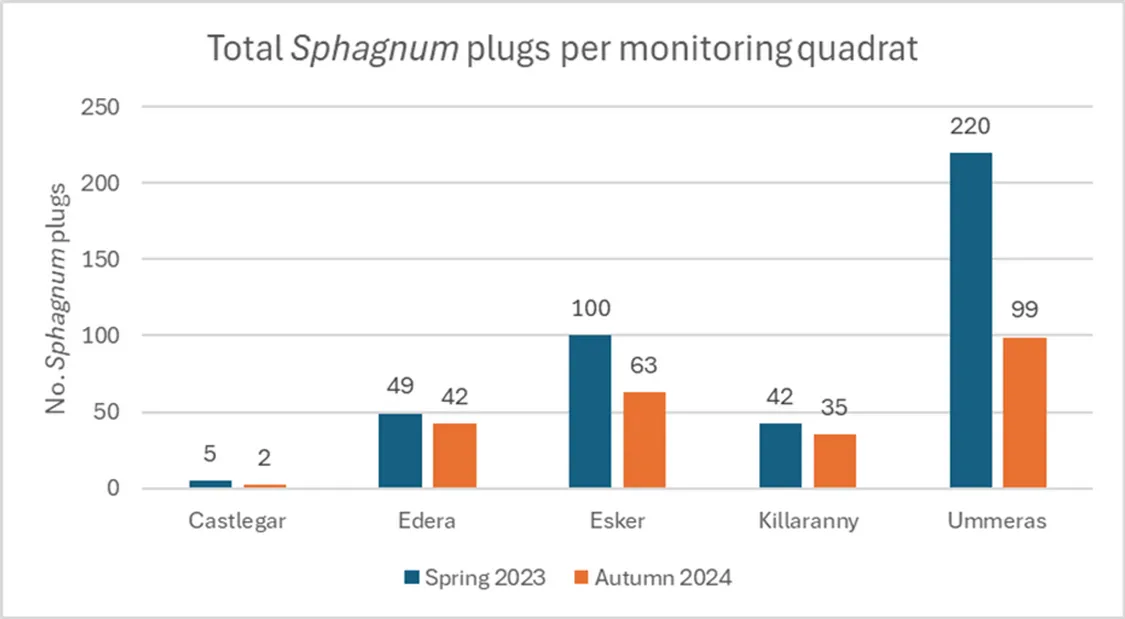
Figure 1: Sphagnum plugs relocated within permanent monitoring quadrats
At two sites (Ummeras bog and Esker bog), a prolonged period of surface water retention during the winter months has likely had a negative impact on plug survivability/detection within these bogs (average of 49% survival rates within the monitored quadrats).
The greatest growth rates were recorded in damp revegetating bog where the recolonising vegetation provides shelter from the elements (wind, rain, fluctuating surface water and sun exposure/desiccation). Initial results show that across both bare peat and revegetating sites, the average Sphagnum plug diameter has more than doubled in size in approximately 18 months (Figure 2). The height of the plugs has increased almost eight-fold. At some sites, such as Edera and Esker, where plugs are growing among vegetation (Bog cotton or Rush species), plugs have grown to in excess of 25cm in the same period. These were looser sprawling hummocks, unlike the more compact plugs growing on the bare peat. The compact growth form is due to the exposed conditions with the with the plants adapting to resist wind, intense sunlight, and harsh weather.

Figure 2: Average growth rates (diameter and height) between Spring 2023 and Autumn 2024
Species composition
All eight species contained within the planting mix have been recorded on the field to date. Sphagnum papillosum, S. rubellum, S. fimbriatum and S. cuspidatum were the most regularly noted species. Figure 3 shows a developing Sphagnum plug with a mix of species present.

Figure 3: Example of multi-species Sphagnum hummock (Glebe bog, co. Offaly).
Sphagnum Plug Development over Time
The following presents an example of an individual Sphagnum plug at Edera bog, Co. Longford, over the four monitoring periods between December 2022 and October 2024. This example shows the rapid rate at which Sphagnum plugs can grow within revegetating bare peat in suitable conditions.
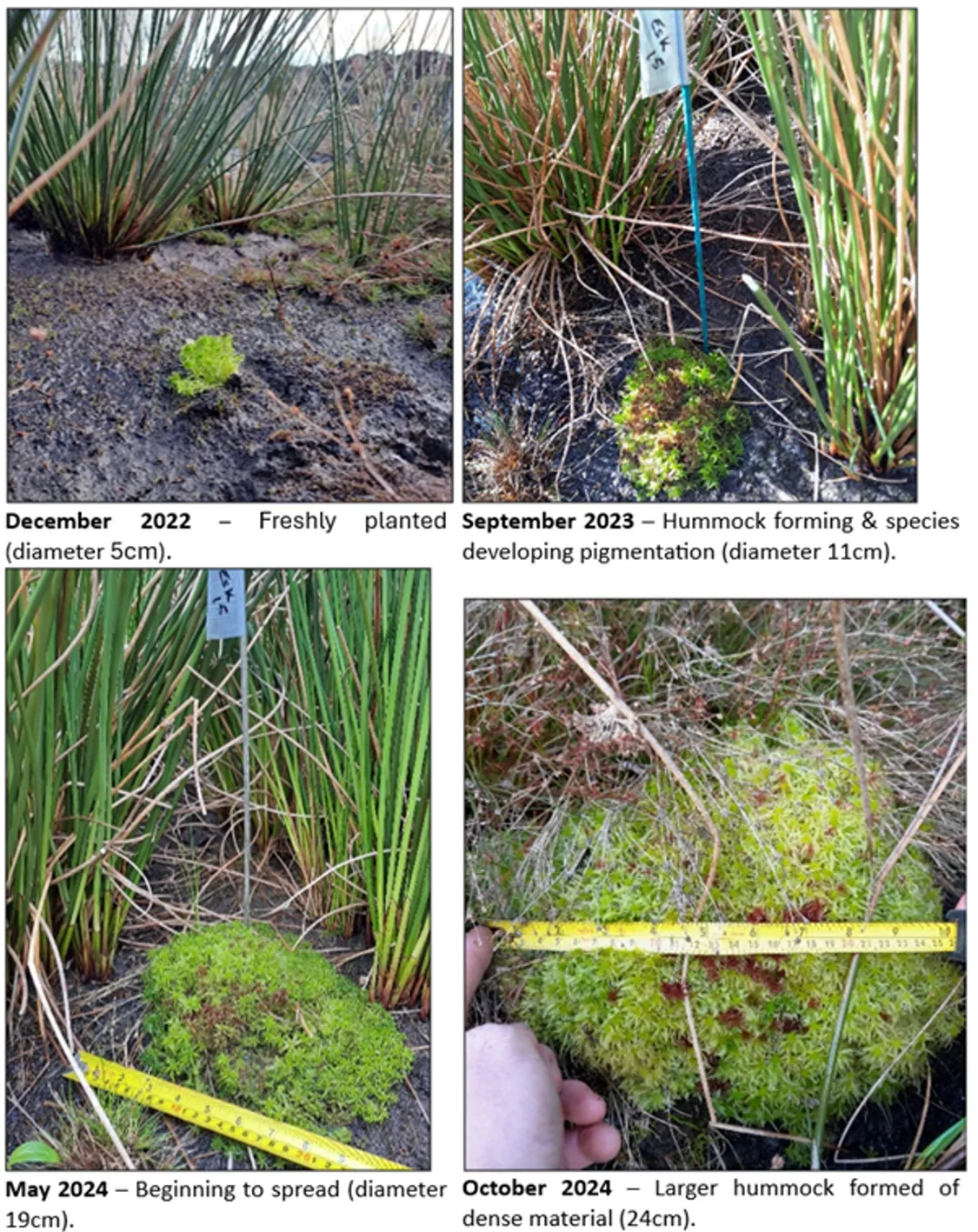
Figure 4: Example of continuous monitoring of a single Sphagnum plug at Quadrat no. 15, Esker bog, Co. Offaly.
Conclusion
The results of the monitoring programme, so far, demonstrate that the planted Sphagnum plugs have a relatively high survival rate where suitable environmental conditions exist. The occurrence of healthy Sphagnum plant material two years post-planting is a good indication of the success so far, even though surface water inundation has reduced the recorded ‘survival’ rates during some surveys.
Lessons learned so far include:
- Water levels are a key factor influencing survivability and growth.
- A lag between re-wetting and Sphagnum plug planting is preferential, where possible, to allow water levels to stabilise and to avoid significant losses by planting where there are unsuitable water levels.
- Sphagnum grows best on the cutaway with stable water levels close to peat surface and in association with other establishing vegetation.
It is anticipated that as vegetation re-establishes on the former cutover bogs that this will further speed up the growth rates of the planted Sphagnum material, resulting in Sphagnum-rich vegetation communities.
